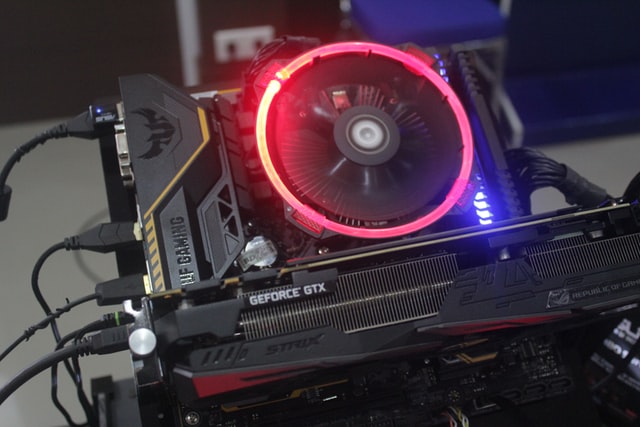How to build a computer from scratch? Is it even possible? Well, maybe. If you have some basic knowledge of electronics, then building your computer should be pretty easy. The components needed when building a computer include a motherboard, CPU, RAM, storage device, and power supply. There are many ways to assemble these parts and each component has its pros and cons.
When you build your new PC, ensure that you get the right hardware configuration at the right price. In today’s market, there are many options for processors and motherboards, memory modules, storage devices, cooling fans, etc. So before you start assembling and installing your new PC, you should have a clear idea of what you want and need. This way, you won’t waste time, energy, or money.
Below, we show you the components that are required when building your PC.
Components Needed When Building Your Computer
1. Motherboard
The first step is to decide on the type of motherboard that you want. For most people who plan to upgrade their existing PC, choosing a gaming motherboard or a high-end audio board will give them great value for money while still offering a good performance.
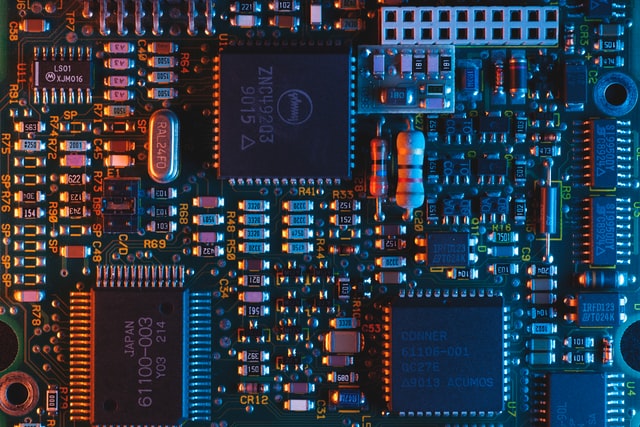
However, if you intend to use your PC as your main workstation, then it would make sense to invest in one that can support multiple graphics cards and several hard drives at once. Also, check compatibility with current software programs such as Adobe Photoshop CS6 and Google Chrome. You can also buy the motherboard separately. A DIY kit comes with all the necessary cables and connectors, making it easier to install.
2. Processor
Most DIY kits come equipped with an Intel Core i3 processor, which is a highly versatile chip designed to handle both Windows desktop applications and advanced games. It runs smoothly without overheating and is ideal for a variety of general tasks including web browsing, office productivity, music editing, and streaming video.
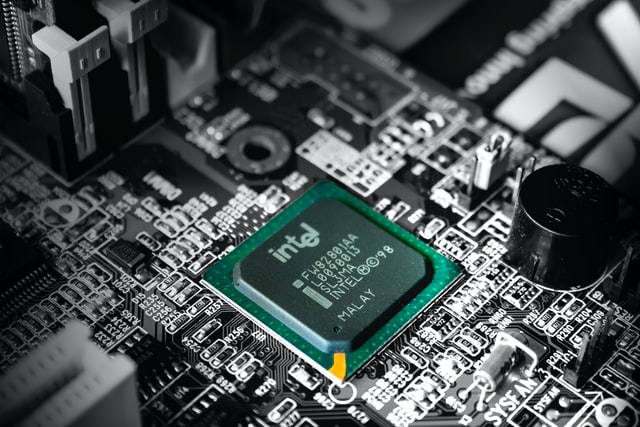
The Intel Core 2 Duo processor offers better computing speed than the Intel Core i3 and can run more demanding games and multimedia applications. But for those wanting to go beyond regular gaming and enjoy other entertainment activities like watching movies or listening to music, a quad-core processor may be better suited.
3. Graphics Card
If you intend to play modern games, then having a dedicated graphics card is ideal; but this isn’t always feasible for budget-minded users. In this case, opting for a graphics card integrated onto the motherboard (dual slot) is fine.
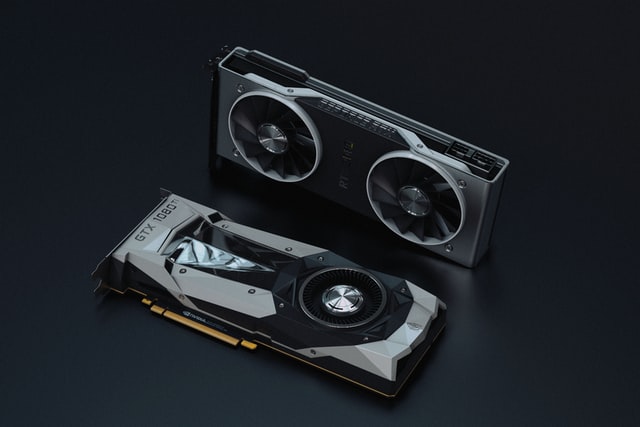
These cards offer similar functionality to the ones sold separately and often come bundled with free games. The advantages of using a motherboard integrated graphics card are that they are much cheaper than standalone cards and require less space to fit inside the chassis.
4. Power Supply Unit
If you are buying a new laptop, chances are you’re going to want a power supply unit (PSU). This provides the necessary electricity to run everything inside the case. A good PSU not only gives you roomy voltage ranges but also comes with low noise output. Most PSUs are modular. In other words, they usually consist of multiple units that can be connected.
By doing this, you’ll be able to extend the range of outputs when needed. If you don’t know what voltages your components need, we suggest looking it up online before choosing a particular unit.
5. Hard Drive
The amount of memory available on the motherboard dictates how many hard drives you can put into it. So if you are planning to add more than one hard drive, you need to make sure there’s enough memory free for all of them. Many systems now use solid-state drives (SSDs) for storage. However, these are expensive compared to traditional HDDs.

Solid State Drives generally offer lower read speeds but higher write speeds. They also eliminate the risk of data loss due to mechanical failure. If possible, we recommend that you choose a system with at least 8GB of RAM so that you will have plenty of space for caching programs you frequently use.
6. Monitor
The type of monitor you buy depends on what kind of gaming you want to do most. The cheapest option is typically a CRT screen which requires an inverter box to change the signal. LCD screens only display images at certain angles and cannot be inverted. On the upside, LCD monitors are relatively inexpensive, lightweight, and slim. Other factors to consider include resolution, refresh rate, and brightness levels.
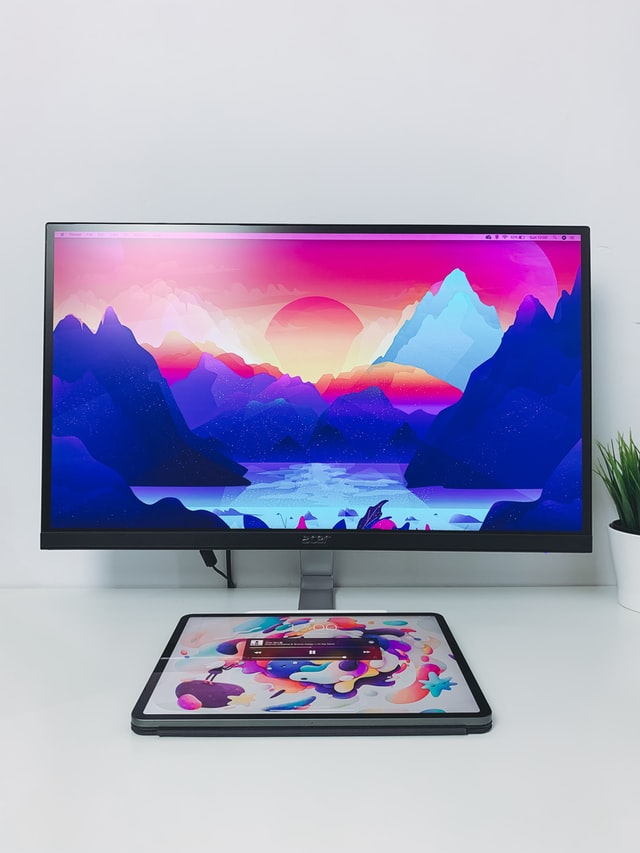
7. Operating System
Windows 7 Home Premium 32bit includes Microsoft Office 2007 Professional Plus, Windows Media Center, Windows Live Essentials, Internet Explorer9, and Skype. It allows you to play full-motion HD videos using any Blu-ray disc.
8. MultiMedia Card Reader
Most computers come equipped with a slot for storing music CDs or DVDs. These discs contain audio tracks that you can listen to directly through your device’s speakers. You can also transfer those songs to your iPod using the multi-media adapter built into your PC for online gambling on https://www.fronlinecasino.com.
The best way to store MP3s is to use flash memory cards. You can either choose a compact internal drive or opt for external USB connectivity. Some models even allow you to combine both features into a single unit. As long as you keep the memory card clean, you won’t experience much degradation over time.

